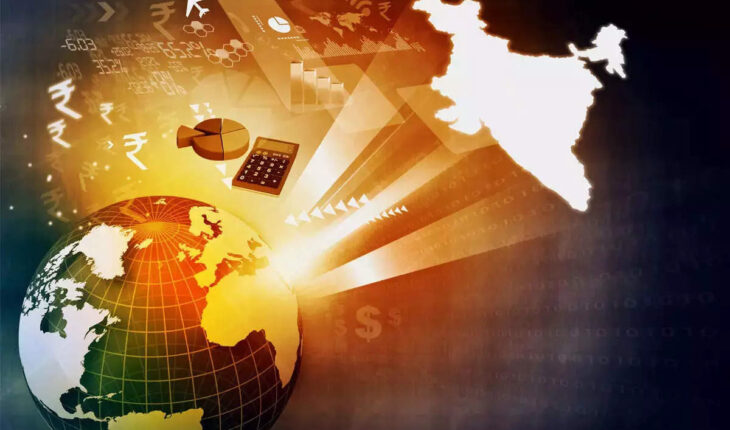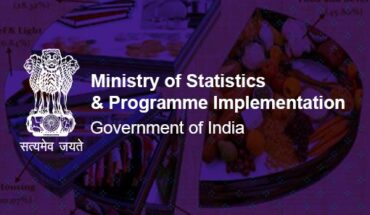As the Consumer Price Index in December revealed, inflation has quickened to a four-month high, marking a concerning trend for economies worldwide. This rise is notably driven by an acceleration in food prices, particularly in cereals and pulses, which remain stubbornly high. The headline retail inflation edged up to 5.69 per cent, with the Consumer Food Price Index jumping significantly to 9.53 per cent. This surge in food prices, especially in cereals — the largest component of the ‘food and beverages’ group — is a worrying sign, with inflation in this category registering at 9.93 per cent. Though marginally slower than November’s 10.3 per cent, the inflation rate for staples like rice, wheat, and coarser cereals continues to burden households without much respite. Particularly alarming are the sequential price gains in jowar and bajra, essential coarse cereals in rural diets, with increases of 63 and 106 basis points respectively. This trend disproportionately impacts those in the rural hinterland, already grappling with economic uncertainties. Moreover, pulses, a vital protein source, have hit a 43-month high inflation rate of 20.7 per cent. With the current rabi season’s sowing of pulses down nearly 8 per cent from last year, the future price outlook remains bleak. In the vegetable sector, year-on-year inflation has skyrocketed by nearly 10 percentage points, led by soaring prices of tomatoes and onions. Despite month-on-month deflation in these items, the average retail price of most monitored food items remains higher than last year. This persistent high cost of food poses a significant challenge to policymakers tasked with containing food-price inflation. As households allocate more income to meet rising food expenses, there’s a tangible risk of stifling consumption, potentially derailing broader economic growth. This scenario is exacerbated by the escalating crisis in West Asia, which adds another layer of uncertainty to global trade and energy costs.
India sees rising tide of inflation amid global crisis
|
January 20, 2024 |






